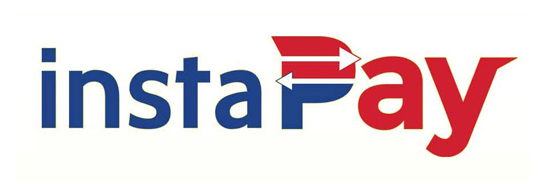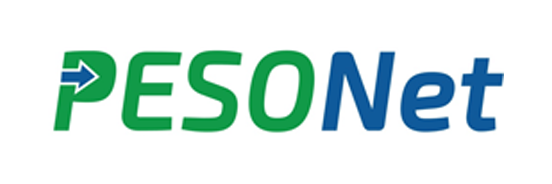All Categories
Deep Learning for Beginners: A beginner's guide to getting up and running with deep learning from scratch using Python
Share Tweet
*Price and Stocks may change without prior notice
*Packaging of actual item may differ from photo shown
- Electrical items MAY be 110 volts.
- 7 Day Return Policy
- All products are genuine and original








About Deep Learning For Beginners: A Beginner's Guide To
Product Description Implement supervised, unsupervised, and generative deep learning (DL) models using Keras and Dopamine with TensorFlow Key Features Understand the fundamental machine learning concepts useful in deep learning Learn the underlying mathematical concepts as you implement deep learning models from scratch Explore easy-to-understand examples and use cases that will help you build a solid foundation in DL Book Description With information on the web exponentially increasing, it has become more difficult than ever to navigate through everything to find reliable content that will help you get started with deep learning. This book is designed to help you if you're a beginner looking to work on deep learning and build deep learning models from scratch, and you already have the basic mathematical and programming knowledge required to get started. The book begins with a basic overview of machine learning, guiding you through setting up popular Python frameworks. You will also understand how to prepare data by cleaning and preprocessing it for deep learning, and gradually go on to explore neural networks. A dedicated section will give you insights into the working of neural networks by helping you get hands-on with training single and multiple layers of neurons. Later, you will cover popular neural network architectures such as CNNs, RNNs, AEs, VAEs, and GANs with the help of simple examples, and learn how to build models from scratch. At the end of each chapter, you will find a question and answer section to help you test what you've learned through the course of the book. By the end of this book, you'll be well-versed with deep learning concepts and have the knowledge you need to use specific algorithms with various tools for different tasks. What you will learn Implement recurrent neural networks (RNNs) and long short-term memory (LSTM) for image classification and natural language processing tasks Explore the role of convolutional neural networks (CNNs) in computer vision and signal processing Discover the ethical implications of deep learning modeling Understand the mathematical terminology associated with deep learning Code a generative adversarial network (GAN) and a variational autoencoder (VAE) to generate images from a learned latent space Implement visualization techniques to compare AEs and VAEs Who this book is for This book is for aspiring data scientists and deep learning engineers who want to get started with the fundamentals of deep learning and neural networks. Although no prior knowledge of deep learning or machine learning is required, familiarity with linear algebra and Python programming is necessary to get started. Table of Contents Introduction to Machine Learning Setup and Introduction to Deep Learning Frameworks Preparing Data Learning from Data Training a Single Neuron Training Multiple Layers of Neurons Autoencoders Deep Autoencoders Variational Autoencoders Restricted Boltzmann Machines Deep and Wide Neural Networks Convolutional Neural Networks Recurrent Neural Networks Generative Adversarial Networks Final Remarks on The Future of Deep Learning About the Author Dr. Pablo Rivas is an assistant professor of computer science at Baylor University in Texas. He worked in industry for a decade as a software engineer before becoming an academic. He is a senior member of the IEEE, ACM, and SIAM. He was formerly at NASA Goddard Space Flight Center performing research. He is an ally of women in technology, a deep learning evangelist, machine learning ethicist, and a proponent of the democratization of machine learning and artificial intelligence in general. He teaches machine learning and deep learning. Dr. Rivas is a published author and all his papers are related to machine learning, computer vision, and machine learning ethics. Dr. Rivas prefers Vim to Emacs and spaces to tabs.

















